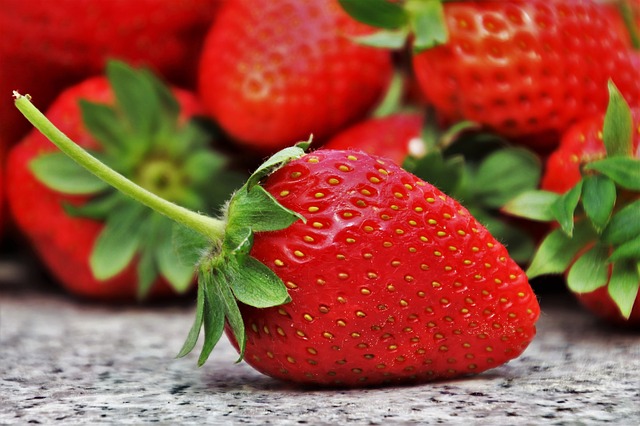Introduction
Carbohydrates play a crucial role within the cell membrane, contributing to its structure and function. The cell membrane, also known as the plasma membrane, is a vital component of all living cells. It serves as a barrier, separating the cell’s internal environment from the external surroundings. Carbohydrates within the cell membrane have various functions, including cell recognition, cell adhesion, and cell signaling.
Cell Recognition
One of the key roles of carbohydrates in the cell membrane is cell recognition. Carbohydrates are often found on the outer surface of the cell membrane, where they form glycoproteins and glycolipids. These complex molecules consist of a carbohydrate chain attached to a protein or lipid molecule. The specific arrangement and composition of these carbohydrates are unique to each individual, much like a cellular fingerprint.
This uniqueness allows cells to recognize each other and distinguish between self and non-self cells. Cell recognition is crucial for various biological processes, including immune responses, tissue development, and organ formation. Carbohydrates on the cell membrane act as identification markers, enabling cells to interact and communicate effectively.
Cell Adhesion
Carbohydrates within the cell membrane also play a vital role in cell adhesion. Cells need to stick together to form tissues and organs, and carbohydrates facilitate this process. Carbohydrates on the cell surface can bind to specific molecules on neighboring cells, promoting cell-cell adhesion.
For example, in the development of multicellular organisms, carbohydrates on the cell membrane help cells aggregate and form tissues during embryogenesis. Additionally, carbohydrates on the cell surface are involved in the adhesion of immune cells to infected or damaged cells, facilitating the immune response.
Cell Signaling
Carbohydrates within the cell membrane are involved in cell signaling processes. Cells communicate with each other through various signaling mechanisms, and carbohydrates play a role in these interactions. Carbohydrates on the cell surface can act as receptors or ligands, initiating signaling pathways that regulate cellular activities.
For instance, certain carbohydrates on the cell membrane can bind to specific molecules, such as hormones or growth factors, triggering a cascade of intracellular events. This signaling process can influence cell growth, differentiation, and metabolism. Carbohydrates within the cell membrane are essential for transmitting signals and coordinating cellular responses.
Conclusion
Carbohydrates within the cell membrane are not just passive components; they actively contribute to the structure and function of cells. Their involvement in cell recognition, cell adhesion, and cell signaling highlights their significance in cellular processes. Understanding the role of carbohydrates within the cell membrane provides insights into fundamental biological mechanisms and opens avenues for further research.
References
– Alberts, B., Johnson, A., Lewis, J., Raff, M., Roberts, K., & Walter, P. (2002). Molecular Biology of the Cell. New York: Garland Science.
– Lodish, H., Berk, A., Zipursky, S. L., Matsudaira, P., Baltimore, D., & Darnell, J. (2000). Molecular Cell Biology. New York: W. H. Freeman and Company.












